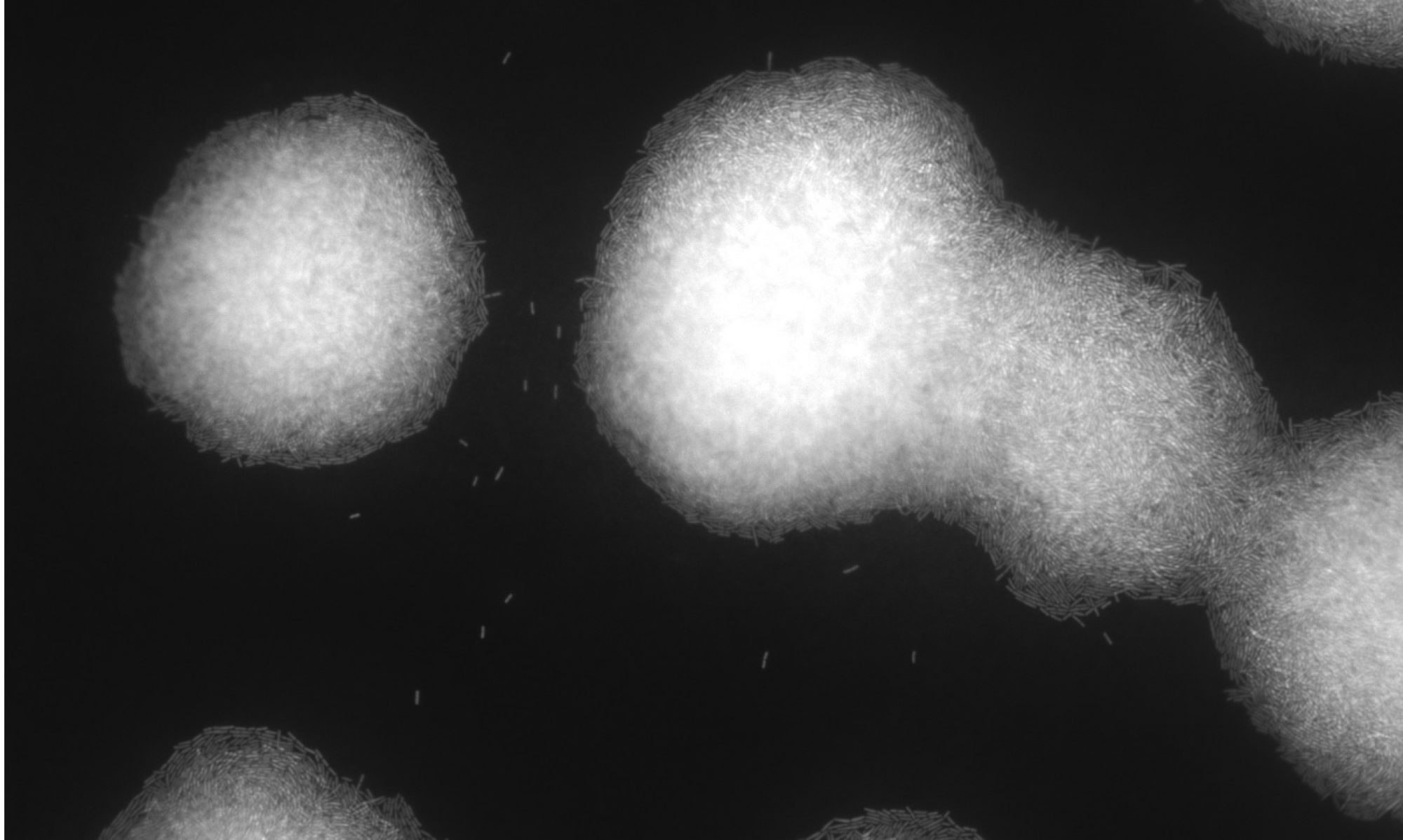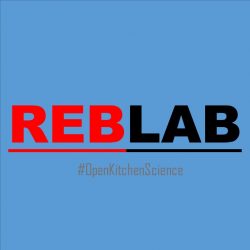Unfortunately, I haven’t been spending much time in the lab and was out giving talks and writing pieces for the newspaper. These weeks, I will have more time for science and I want to focus my attention on identifying any glycogen-degrading enzymes expressed by L. crispatus.
1 Screen of 20+ L. crispatus isolates for glycogen consumption.
In a project by Remco Kort together with TNO, VU University Amsterdam and GGD Amsterdam, 20+ L. crispatus strains were isolated from women with or without BV (bacterial vaginosis). The goal was to find metabolic and genetic characteristics that could predict whether a L. crispatus was more likely to be found in a BV background or in a Lactobacillus dominated background. Its genomes were sequenced and student Jorne Swanenburg, supervised by Remco Kort and Douwe Molenaar, has performed the assembly, annotation, quality control and analysis. The sequences are expected online at GenBank anytime soon, he is currently finalizing his thesis.
In addition, Charlotte van der Veer (PhD student at the GGD) has performed a preliminary API test to analyze the metabolic signatures of the strains. The API test revealed that there is quite some difference between the ability of L. crispatus strains to break down glycogen. This is relevant since glycogen is abundant in the vagina of reproductive-age women with a Lactobacillus-dominated community. Glycogen could function as a carbon source for certain L. crispatus strains to produce lactic acid and acidify the environment.
I am currently running growth experiments with these strains to verify the results of the API test and find differences amongst the strains. Previously, I have found the DSM strain (20584) to be able to grow on glycogen and I also found starch degrading activity after growth on glycogen both in supernatants as well as in the pellet. After growth on glucose, this activity was absent.
2 Genome analysis
Next, I am looking for genetic differences amongst this group of strains that correspond with their (in)ability to utilize glycogen for growth. For now, I am focusing especially on this gene, annotated for now as a “type 1 pullulanase”, expected size ~140 kDa. Previously, this gene turned up in a very small comparison between four L. crispatus strains from the Human Microbiome Project, that I carried out at the Washington University St Louis. There are some interesting differences between the genomes of the strains around this gene. Some strains lack a copy of this gene, some have one or two copies, and some have a copy that lacks the first 8 amino acids at the N-terminus. By the way, this protein has a SLAP domain, which means that it might be associated with the S-layer. Although I know very little about S-layers, it does look like the S-layer proteins are the ones that at the outer most layer of the cell wall which (warning: speculation ahead!!!) may be associated with the activity being present in both the supernatant as well as the pellet.
3 Protein purification
I hope to start my first attempts towards protein purification before the new year. I will try to fractionate all proteins in the supernatant since I hope/expect to find the glycogen-degrading activity amongst the larger proteins. I first need to find out whether I can continue using the NYCIII medium for this. It contains horse serum so has many enzymes of <100kDa (albumin, globulins). In case I do find the activity amongst the larger proteins I won’t need to try any other media. First, I will try some bench-top size exclusion chromatography using cross-linked sepharose. Wish me luck!

